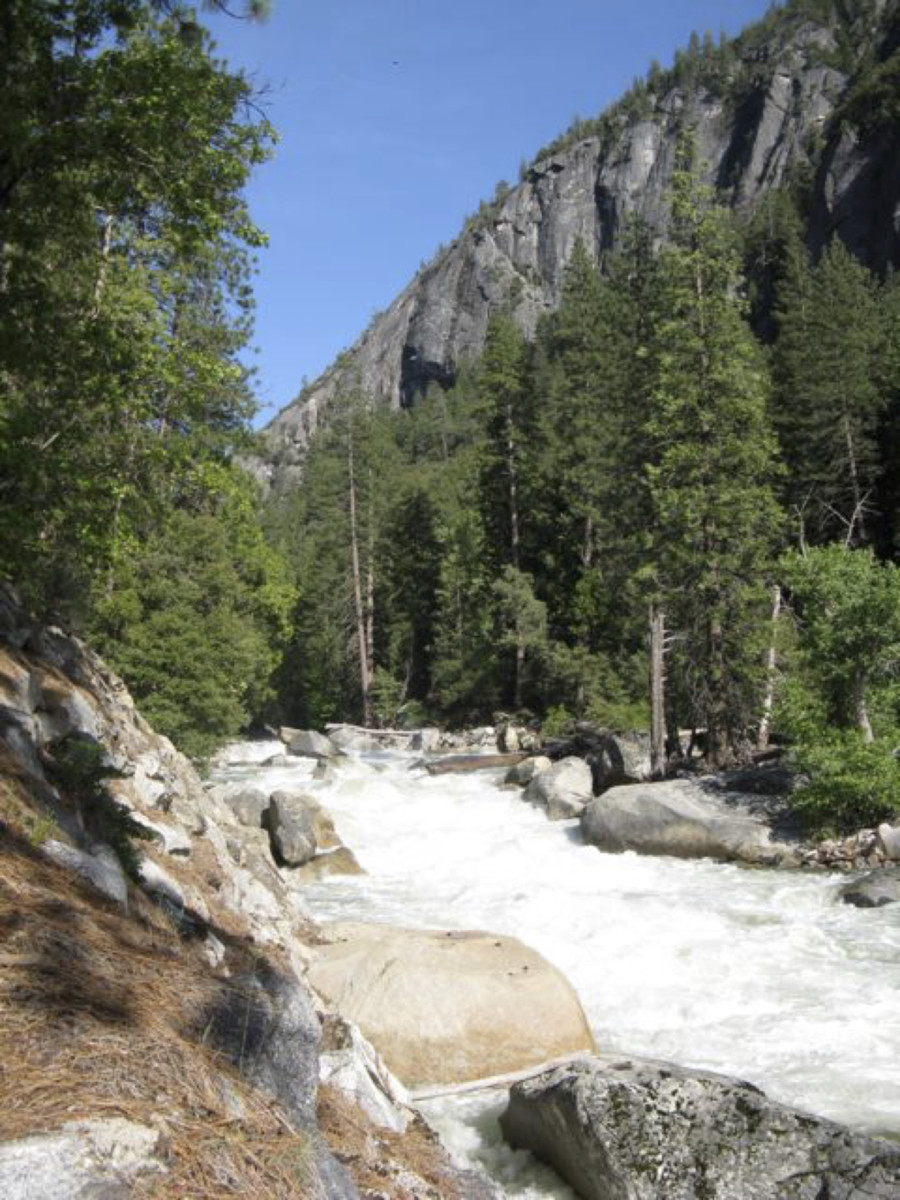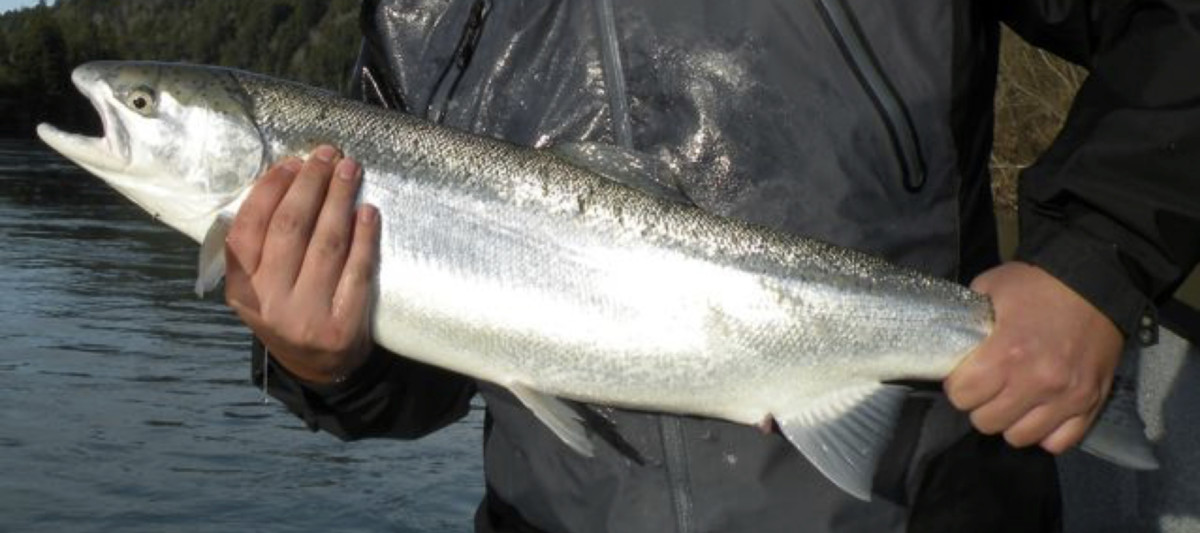
Starting in the 1800’s, small dams began to hold back a portion of those seasonal flows (such as the upper Merced River flows at left). As bigger dams diverted more water, there often were no “spill” flows to cleanse rivers or produce riverine habitat. The Tuolumne, Stanislaus, and Merced Rivers each had dams constructed that control river flows in all but peak spill periods. Ever increasing demands have been placed on the rivers by growing residential and industrial uses.
But it has been the staggering expansion of irrigated agriculture in the Central Valley that has literally drained the rivers to such low flows that only a small fraction of salmon and steelhead manage to return up the rivers, compared to their enormous historic numbers.
It is not just the removal of water from the rivers that diminishes river suitability for migrating salmon or other aquatic species. Low flows result in far warmer water temperatures, lower levels of oxygen, and less dilution of contaminants that wash into rivers. The total result has left the Merced, Stanislaus, and Tuolumne Rivers significantly degraded, especially when the vast majority of river flows are consumed in dry years by agricultural demands.

The State’s Plan would still allow 60% of river flows to be diverted for agriculture and other uses, but outraged Central Valley water districts, politicians, and agricultural interests have mounted an emotionally charged campaign opposing the State’s proposed increase in river flows. For many years, CSERC has been deeply involved in river management planning and negotiations over flows. CSERC staff strongly advocates for the State Water Board to stick with its proposed new river flow requirements — no matter how stridently opponents lobby as they attempt to block the plan.


